Garry Kadwell, a fourth-generation potato farmer from Crookwell in the NSW Southern Tablelands, has been…
The rise and rise of the co-operative
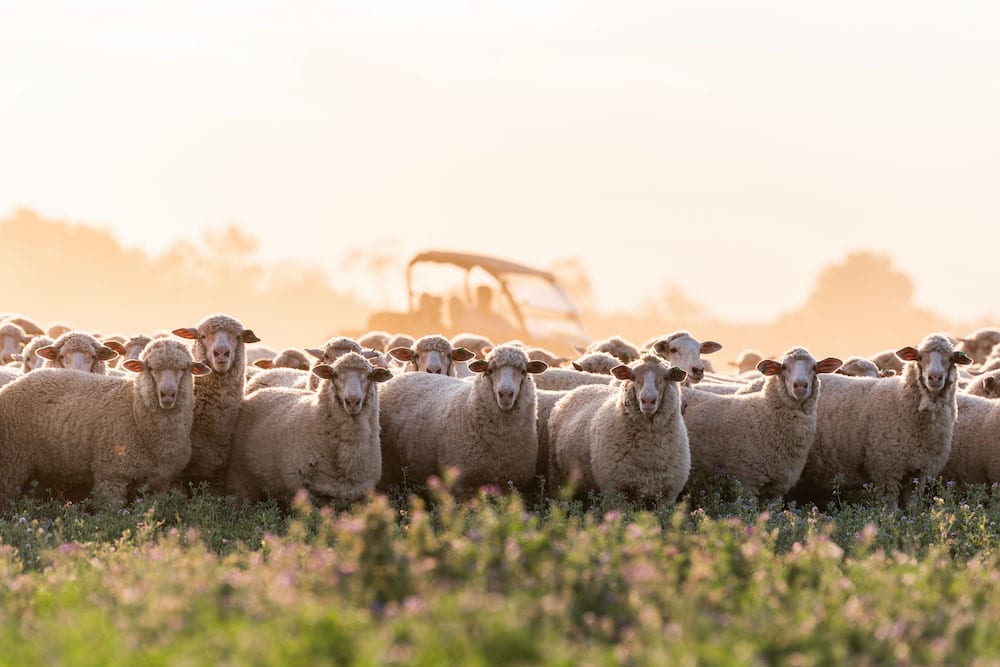
The United Nations declared 2012 the International Year of Co-operatives and Australia marked it as the �Year of the Farmer�. That prompted the rise of the co-op � a resurgence of interest and the formation of dozens of new agricultural co-ops.
Farming co-operatives have played an important role in the Australian economy since the 1880s. Dairy farmers formed the first co-ops in NSW and Victoria to bypass middlemen, get better prices and raise capital to build factories for processing milk products.

Photo: Rachael Lenehan.
Since those days, co-ops have helped farmers in numerous sectors � from fruit to fishing, meat, grain and fibre � to process and market their products, while returning profits to members.
Richard O�Leary has been involved with co-ops since the 1960s when he secured his first job as an accountant with the Macleay Regional Co-operative. He was Chief Executive Officer for 10 years and served as chair until it was wound up in 2020. Richard is also Chair of the Macleay Valley Branch of NSW Farmers, The Co-op Federation, and has helped create, manage and support the governance of numerous co-ops.
Co-ops through time
A member of the organising committee for the International Year of Co-operatives, Richard says 2012 � which was also Australian Year of the Farmer � was a pivotal year for co-ops, whose popularity had waxed and waned over time.
University of Sydney research shows the number of agricultural co-ops in NSW peaked in the early 1920s and 1950s, before steadily declining over the next 60 years through mergers and demutualisation. They include Bega Cheese, a co-op for 110 years, which deregistered in 2009 and listed on the Australian Stock Exchange in 2011.
At the time co-ops were subject to state-based legislation limiting their activities and requiring them to be registered in every state in which they operated; some also found it difficult to raise funds for capital expenditure.
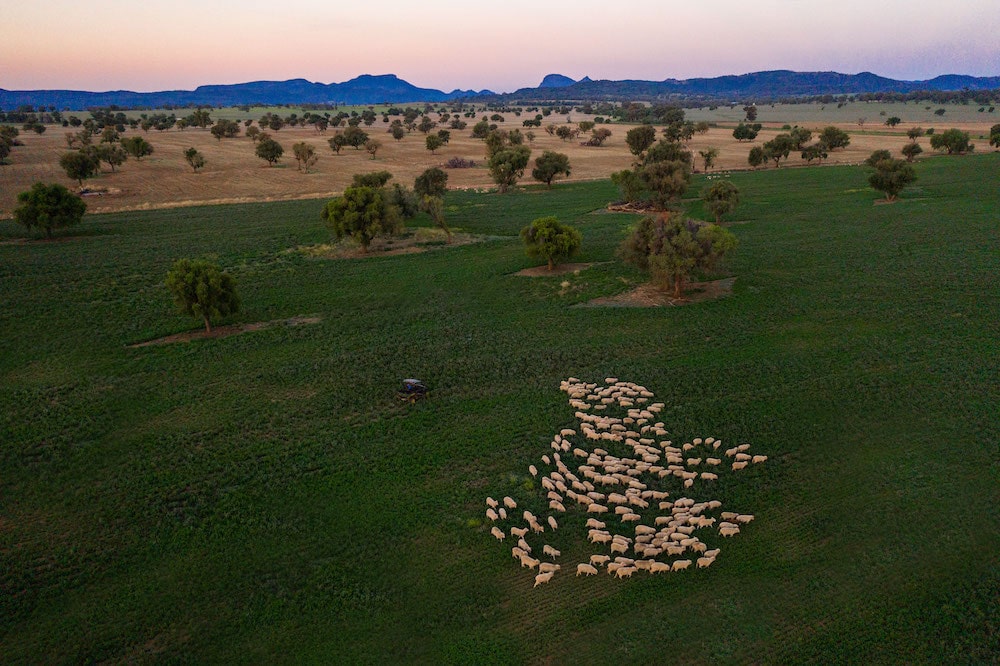
Photo: Rachael Lenehan.
After decades of discussion and lobbying, the NSW Government led the rollout of new national laws in 2012, passing the Co-operatives (Adoption of National Law) Act, followed by the other states and territories. Queensland was last to adopt the reforms which took effect in December 2020.
Richard says the new laws provided the opportunity to really reinvigorate co-operatives and allowed the establishment of a peak body, the Business Council of Co-operatives and Mutuals.
The federal government also funded the Farming Together pilot program, co-ordinated by Southern Cross University. Championed by then-Agriculture Minister Barnaby Joyce, the program provided support to more than 130 co-ops and encouraged the formation of 70 new ones between 2016 and 2018. At least another 10 new agricultural co-ops have been formed since the program ended.
As one of the consultants to the Farming Together program, Richard says it tapped into a new paradigm for both producers and consumers amid concerns about sustainable food production and fair payments to farmers.
�There�s a growing awareness of the importance of buying and selling locally and being part of a community,� he says. �Co-operatives are not social enterprises, but they do have in their DNA a responsibility to their members and the community where their members are.�
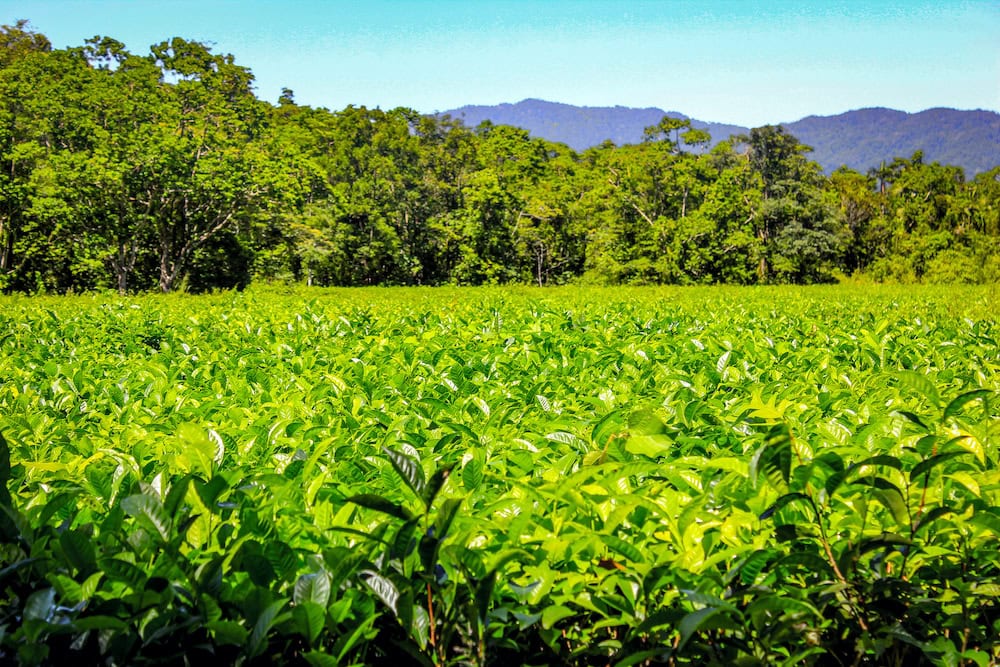
Co-ops supported by Farming Together include Quality Timber Traders, First Choice Organics, Burringbar Valley Producers, Granite Borders Landcare, Australian Tea Growers, Bega Beef, Waratah Alpaca Fibre, Berry Rural, Braidwood Garlic Growers and Greenspace Turf.
Adapting to a new era
Even before the words disrupt and pivot became part of our everyday vocabulary, many co-ops adapted and transformed their operations in response to changes in the economic environment. The Cobargo Co-operative Society which began as a butter factory in 1900, now sells rural and gardening supplies, hardware and fuel. Hastings Co-op also started as a dairy factory in 1916 and operates 22 different businesses in the region, selling groceries, hardware, rural supplies and car hire.
Norco is held up as the poster child of successful dairy co-ops, marking its 125th year of operation in 2020 and paying members a record farm gate milk price, despite the triple-whammy of drought, bushfires and COVID-19.
Brett Kelly, who was Chief Executive Officer of Norco from 2008 to 2017 and CEO of blueberry producers Oz Group from 2018 to 2020, says the greatest strength of a co-op is the story behind the brand.
�Norco and Oz Group are both 100 per cent Australian farmer-owned co-operatives and that gives you an amazing edge, a point of difference with the consumer,� he says.
�The consumer will support a farmer owned co-op, if they know exactly � especially if you have a higher price � where that extra margin is going and that there�s no external shareholders.�
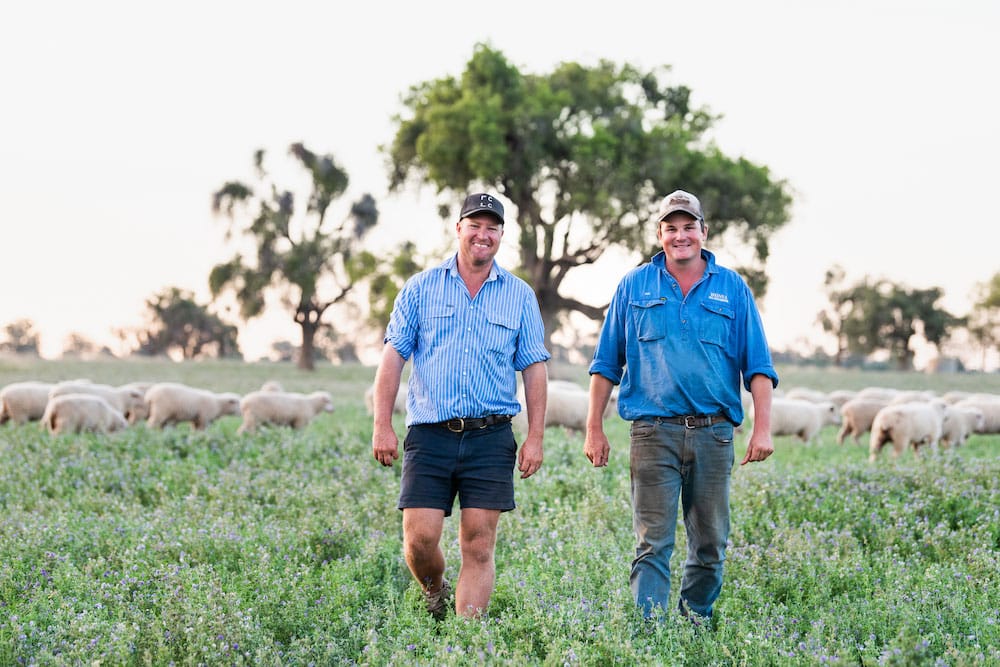
But Brett says that�s not enough to ensure success, pointing to spectacular failures like former dairy giant Murray Goulburn which collapsed in 2018.
�They were running a farmer-owned co-operative as if it was BHP,� he says. �You can�t take the risk of selling a strategy, spending all your shareholders� money upfront on infrastructure, and then hoping the profitability will come. The outcome of that, unfortunately, was that the farmer again paid the price for it.�
Far from deterring farmer groups from starting a new co-op, Brett says the Murray Goulburn experience should serve as a huge lesson.
�It�s not the first time it�s happened, and it happens in all types of business structures,� he says. �It�s about learning from that and understanding it. You�ve got to have the right strategies in place, understand
the market, not get distracted and stay focused on profitability to keep the co-op strong and financially sound, so you can grow it.�
Brett says some farmer co-ops are in a stronger position than they�ve ever been and ready to capitalise on the current pandemic-induced upheaval. Consumers are already concerned about their health, having access to quality fresh food and pantry staples, and supporting Australian farmers.
�This is a big opportunity,� he says. �It opens a huge door for Australian farmer-owned co-operatives to get out and sell their products. Not just here, but around the world. I think we�re going to see a lot of real success stories over the next five to 10 years.�
Richard O�Leary is similarly optimistic about the future of co-ops.
�We�ll see a lot of little co-operatives starting,� he says. �But little co-operatives � managed well with good governance and passionate members � can grow into bigger co-operatives and can last a century or more.�
Oz Group Co-op, Coffs Harbour
CEO: Adam Bianchi
The Oz Group Co-op was founded in 2013 and consists of around 140 conventional and organic growers of blueberries, raspberries and blackberries on the mid-north coast of NSW, and one organic grower in Queensland.
The co-op offers members agronomic advice, grower audits and certification; grading and packing fruit; marketing and distribution of berries to supermarkets across Australia and exports to Hong Kong, Singapore, Malaysia, Thailand and India, as well as operating a rural supplies store at Woolgoolga.
What started as a partnership of four blueberry growers attempting to navigate an unstable market in 2001 has evolved into a 140-member co-operative.
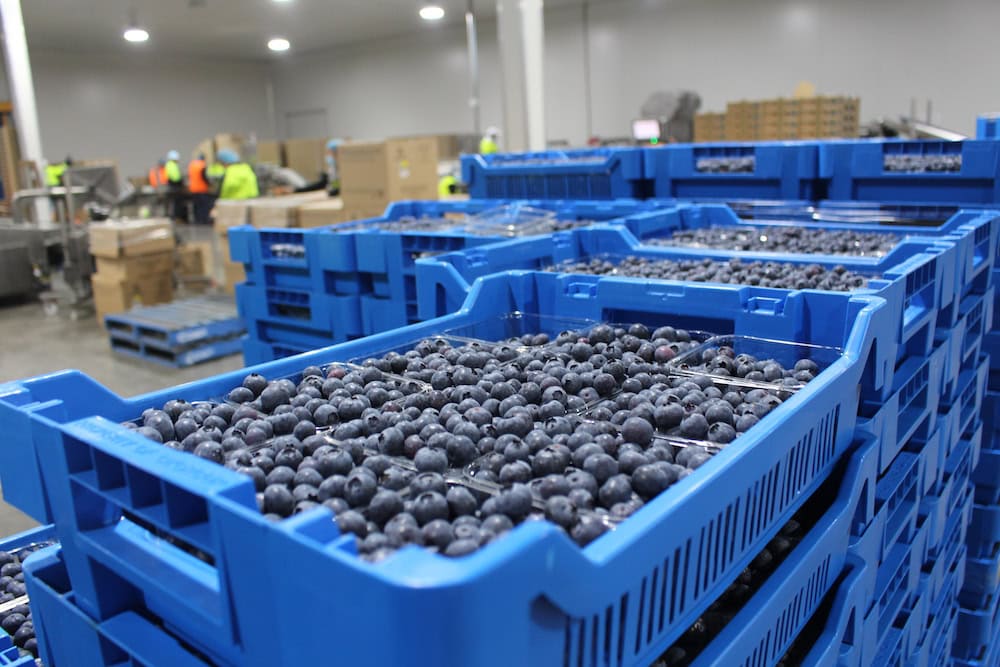
By 2017-18, Oz Group Co-op was the biggest blueberry supplier in Australia, producing 37 million punnets of blueberries, 1.1 million punnets of raspberries, and 202,000 punnets of blackberries.
With the assistance of a $1.15 million Federal Government grant, Oz Group upgraded its packing line and began exporting fruit to Hong Kong, Singapore, Malaysia, Thailand and India in 2019.
In collaboration with marketing and distribution partners, Driscoll�s, there are hopes exports can be expanded into Japan and China.
Chair Stephen Thandi, who grows blueberries near Woolgoolga, says Oz Group developed in response to a growing interest in berry fruit from former banana growers.
The major benefits for members are access to a centralised packing and marketing facility that allows them to focus on growing top quality fruit.
�Our co-operative uses a pooling system for the fruit picked for that week,� Stephen says �You can be a small grower or a big grower, but the price is still going to be the same. Our members like that. Our growers are paid every four weeks and all our profits at the end of the financial year go back to growers as a rebate.�

The directors, who know most of the growers personally, are available for around the clock support. Oz Group also employs a team of agronomists to provide advice to growers and hunt for the best new varieties.
Stephen says Oz Group is value adding for members in other ways, researching potential new products such as the first Australian-grown frozen blueberries they began supplying to Coles in November. Other products in the pipeline include frozen blackberries and raspberries, blueberry gin and powdered berries.
�That will take 100 per cent of the berries we don�t put in punnets to go to the market,� Stephen says.
Oz Group timeline

2001 Members of the Coffs Coast Sikh community form a partnership called Oz Berries, beginning with four family growers
2006 Oz Berries buys its first purpose-built packing facility in Woolgoolga, employing over 100 staff during peak season
2013 Oz Group Co-op forms, allowing growers to concentrate on farming and harvesting, and allowing professionals to take over production, accounts, marketing
and distribution
2015 Oz Group partners with Driscoll�s, and they co-locate in a new packhouse at Coffs Harbour
2016 Raspberries and blackberries are added to the co-op
2019 Exports begin to Hong Kong, Singapore, Malaysia, Thailand and India
2020 Oz Group continues to grow, producing Australia�s first frozen blueberries and employing more than 30 permanent staff & 250 seasonal workers
Norco Co-op, Lismore
CEO: Michael Hampson
Founded in 1895, Norco now has 306 members on 203 farms across Northern NSW and Southeast Queensland. The co-operative facilitates milk processing and the production of white milk, flavoured milk, ice cream, butter, cheese and cream for sale in retail stores across NSW and Queensland. It also exports fresh milk to China and ice cream to Japan, the United States and China, handles grain trading and the manufacture and sale of stock feed. It has 28 rural supplies stores.
In 1895, Norco began as the North Coast Fresh Food and Cold Storage Co-operative Company at Byron Bay. By the 1930s it had 20 butter factories and in 1950 started producing ice cream and bottled milk.
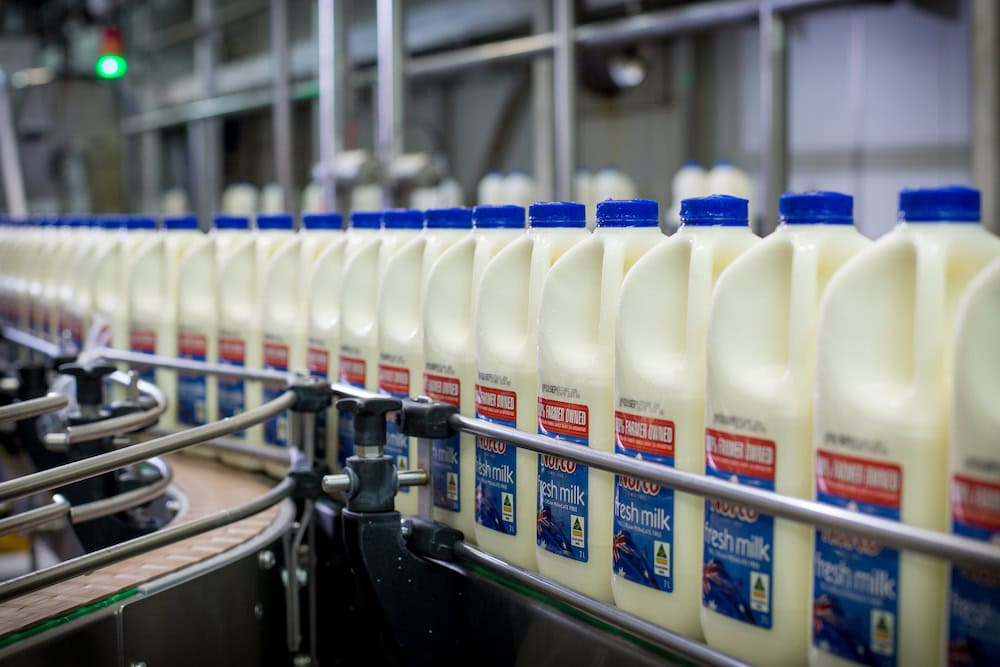
The co-operative marked its 125th year of operation in 2020, when member farms produced 214 million litres of milk and the average farm gate milk price rose to 70.63 cents per litre.
Chair Michael Jeffery, who milks 350 cows near Kempsey and was elected in July, has been a member since the mid-1990s. He says the major benefit for members is that a co-op puts its members� interests first.
In the case of Norco, he says its aim is to �achieve sustainable pricing or value from the marketplace that provides the opportunity for members to grow and to have sustainable businesses�.
�Norco has been instrumental in leading pricing in the marketplace,� he says. �There�s also quite a lot of work that�s been done around providing technical assistance through our field staff to Norco members. The biggest change that I�ve noticed has been recognition by consumers of the value proposition that Norco has for them � that is being 100 per cent farmer-owned � particularly in the last three or four years.�
Michael says the shift began with the $1 per litre supermarket milk wars that started in 2011 and gained momentum after the collapse of Murray Goulburn in 2016 highlighted the plight of dairy farmers being forced to pay clawbacks and accept prices below the cost of production.
Deregulation of the dairy industry in 2000 had prompted some talk about converting Norco to a corporate structure, but Michael says members are no longer interested in floating or selling up.
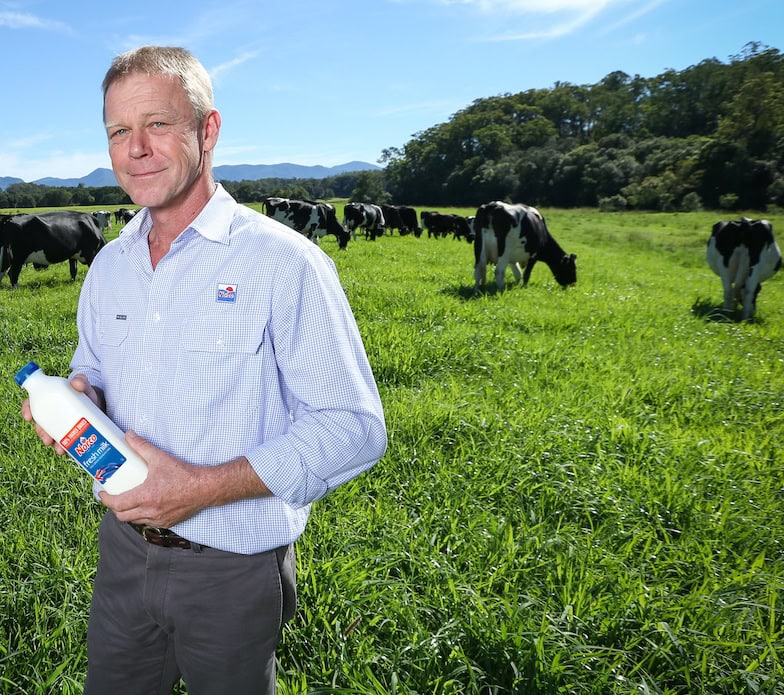
�They see significant value in being a supplier to the co-operative where 100 per cent of the returns either come back to the farmers or are reinvested in the business for the benefit of the farmers,� he says.
Indeed, Norco has a waiting list of dairy farmers wanting to join: 32 came on board during 2019-20, increasing the supplier base to 203 farms, despite the loss of members to retirement and exits forced by the prolonged drought.
�It�s comforting to know there�s quite a lot of farmers that do want to come to Norco,� Michael says. �They�re in regular contact with us and as we have the demand for increased volume, we�re able to take some of those farms on. We are the fastest growing brand in the dairy space, not just within our own region, but also nationally.�
Norco timeline
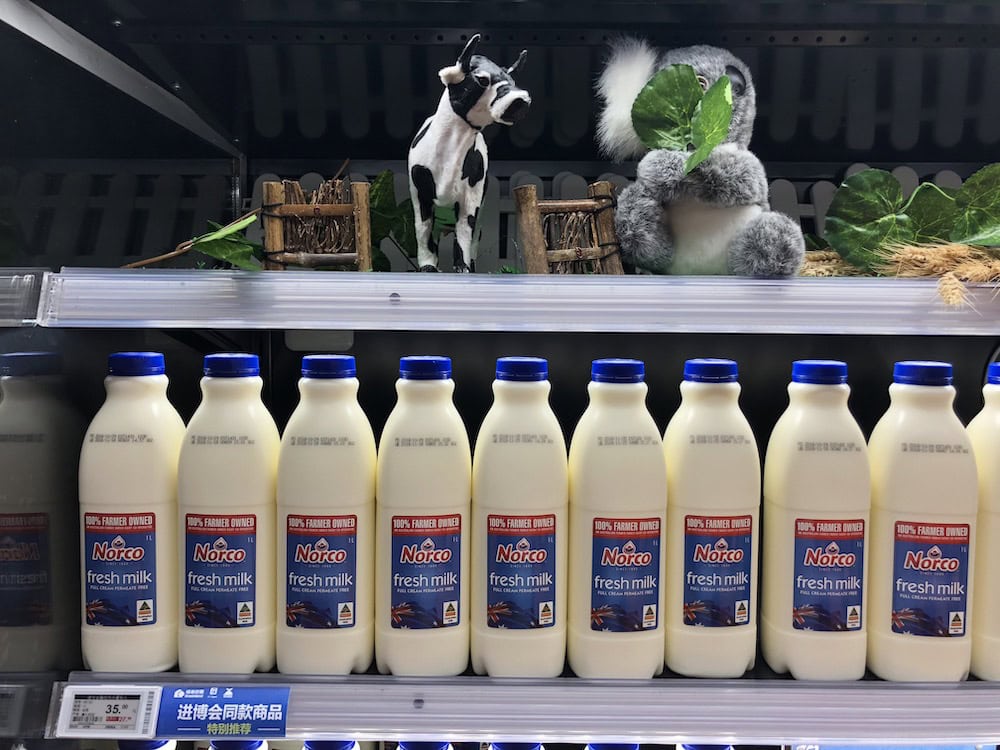
1895 The North Coast Fresh Food and Cold Storage Cooperative Company Ltd begins operations at Byron Bay on June 5
1898 A depot
opens beside the Richmond River at Casino allowing easier navigation for ships
1900 The first branch factory
opens at Lismore
1925 The Company’s name changes to Norco Co-operative Ltd
1986 Sales reach more than $100 million
1989 Norco buys the Logan and Albert Dairying Co-operative
at Beaudesert
2010 Members supply 143 million litres of milk and sales exceed $351 million
2019 Members supply 214 million litres of milk and total revenue reaches $683 million
2020 Norco celebrates 125 years in business, making it one of the oldest dairy co-operatives
in Australia.
Tooraweenah Prime Lamb Marketing Co-op
Business manager: Julie Sawley
The Tooraweenah Prime Lamb Marketing Co-op, which was founded in 1996, notched up an early win when it succeeded in convincing processors to stop paying a lower over-the-hooks price for its first-cross lambs.
At the time, they were widely regarded as inferior to second-cross lambs and prices were discounted by as much as 20c/kg.
Founding member Simon Ryan, who has been Chair since 2010, says NSW Department of Primary Industries trials found there was no discernible difference in meat quality.
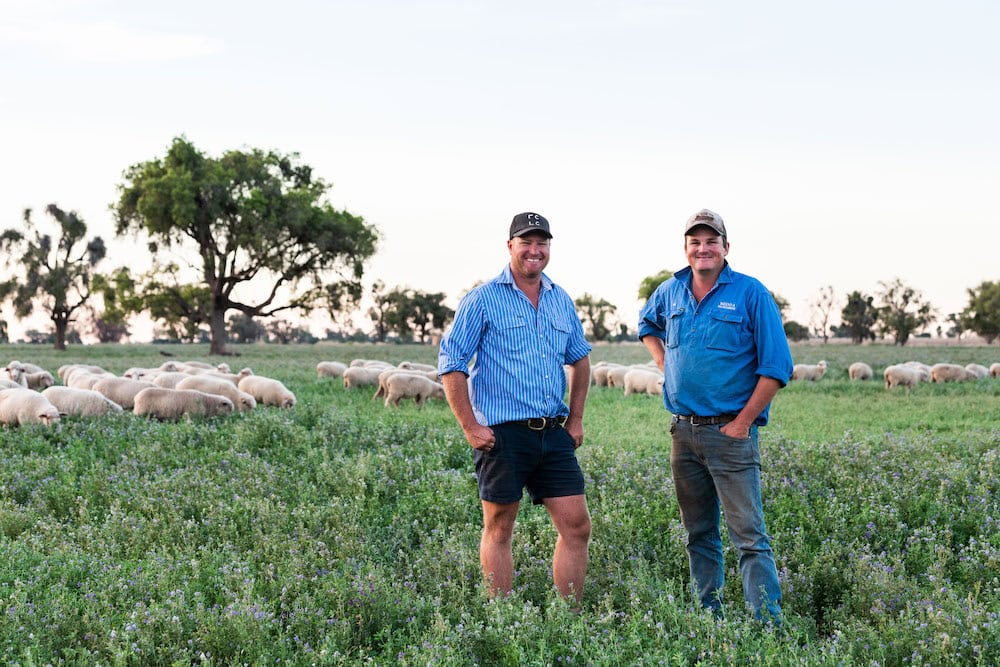
�That gave us the ammunition to argue our first-cross lambs were worth as much as the other lambs,� he says. �We can�t claim credit for the industry-wide change in attitude, but we solved that issue using available information to look after our members.�
Nonetheless, measurement continues to be key to the co-op�s success. From the beginning members have weighed and fat-scored their lambs, while adjusting operations to improve meat quality by reducing stress to the animals during handling.
Simon says weighing every lamb actually makes money for producers who can retain the lighter lambs, allow them to gain weight and maximise their future value.
�By knowing the weight and fat score of every individual lamb, decisions can be made as to minimum � not average � weight for sale,� he says. �Also dressing percentages are calculated to provide an accurate valuation prior to the lambs leaving the paddock. There are advantages to processors as well in that they can request tight specifications for specific orders. We have found our members are very good at hitting specs when they are reasonably rewarded.�
Simon, who produced prime lambs at Bugaldie for 35 years and now runs cattle near Blayney, says the primary attraction of the co-op is that it always promotes members� interests.
�We�re always looking for ways to improve producer returns,� he says. �By concentrating on value-based marketing, we�ve been able to better control the prices received, obtain a separate price for skins and deliver the best eating quality lambs. As producers it is important to remember that our real customers are the people who eat lamb in Australia and overseas.�
Tooraweenah timeline
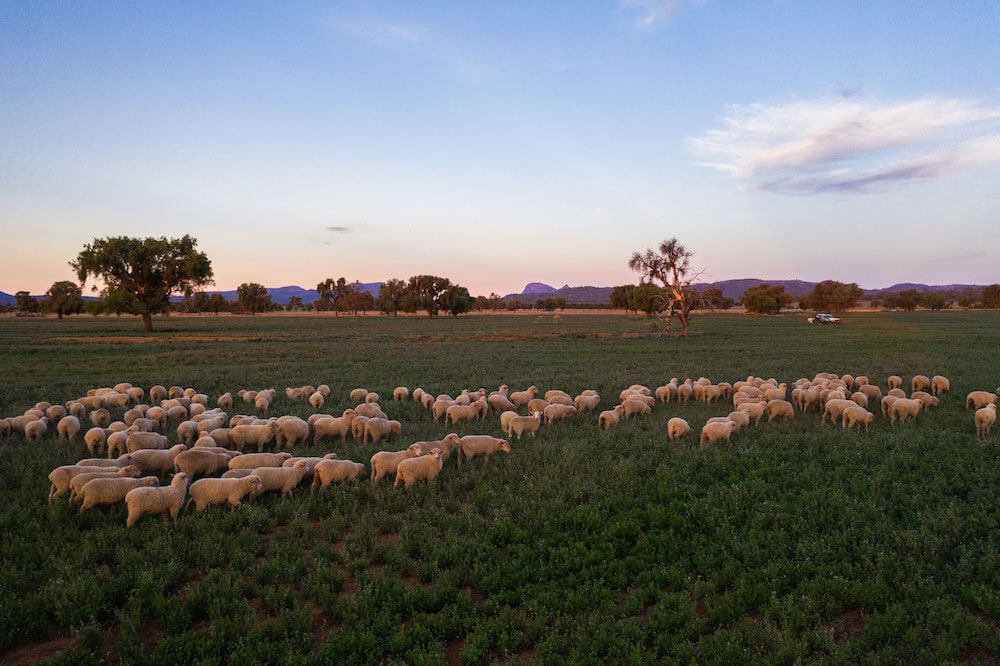
1996 Tooraweenah Prime Lamb Marketing Co-op is founded with
32 members
1998 The co-op secures a 12-month supply contract
2001 The co-op has 44 members and opens an office at Gilgandra
2014 Membership peaks at 92 in the co-op
2018 The co-op employs a new field officer who is a registered livestock agent. Starts buying and selling sheep and cattle via AuctionsPlus, and selling cattle over-the-hooks to processors
2021 There are 79 producers across Central and Northern NSW
If you enjoyed this feature on co-ops, you might like to read our story on oyster farmers coming together to help clean our waterways.


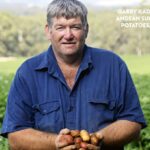
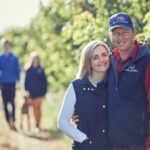
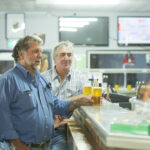

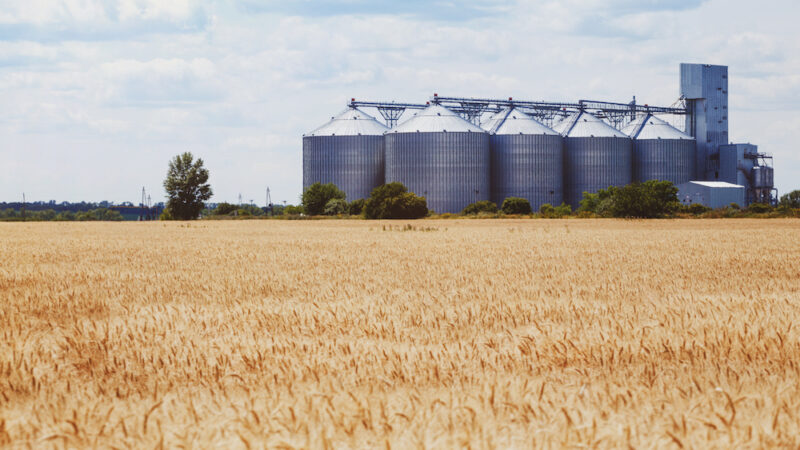
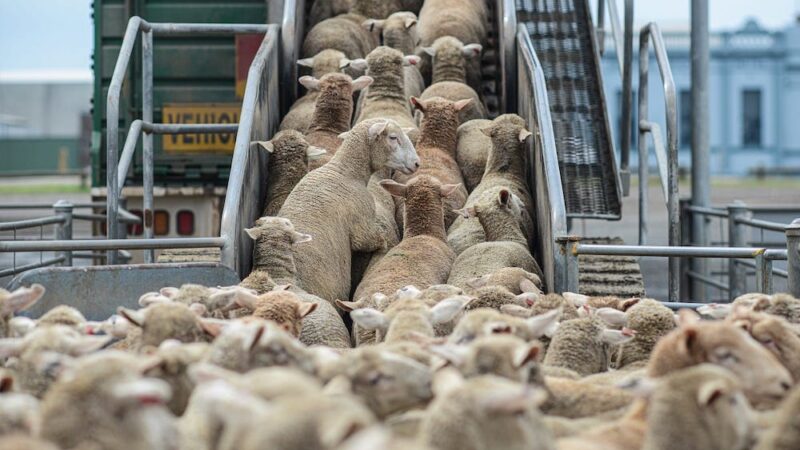

Genetic selection in smaller flocks.
Some European countries have smaller sheep flocks working together in so-called ‘ram circles’ where the selected rams in flock A goes to flock B etc.